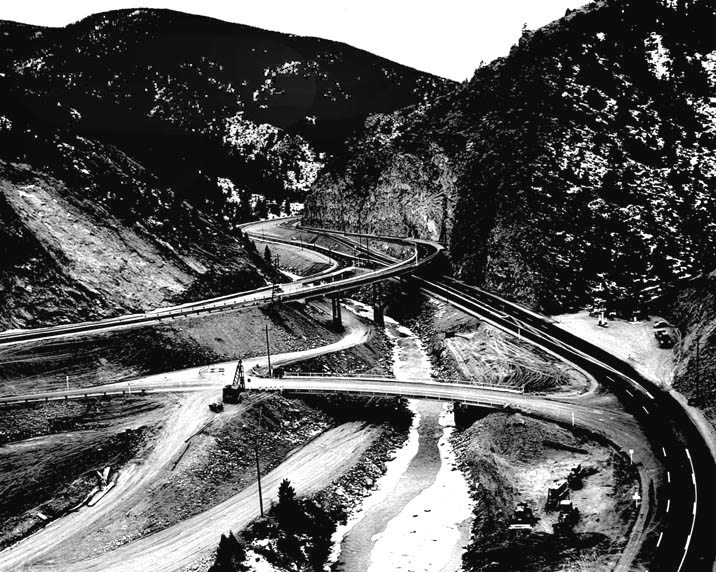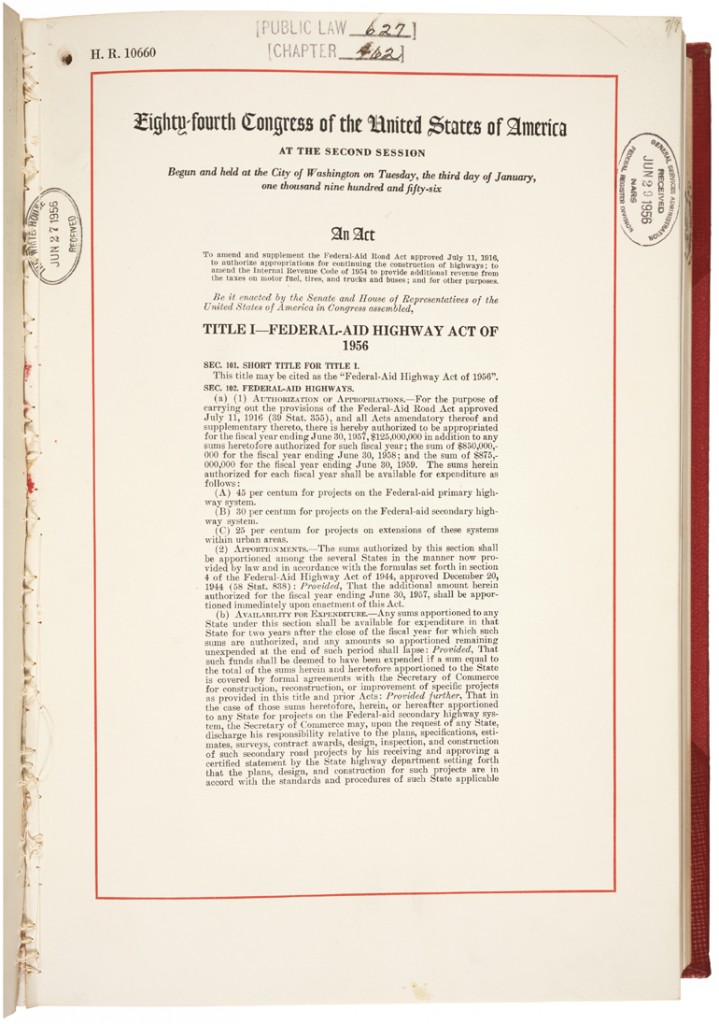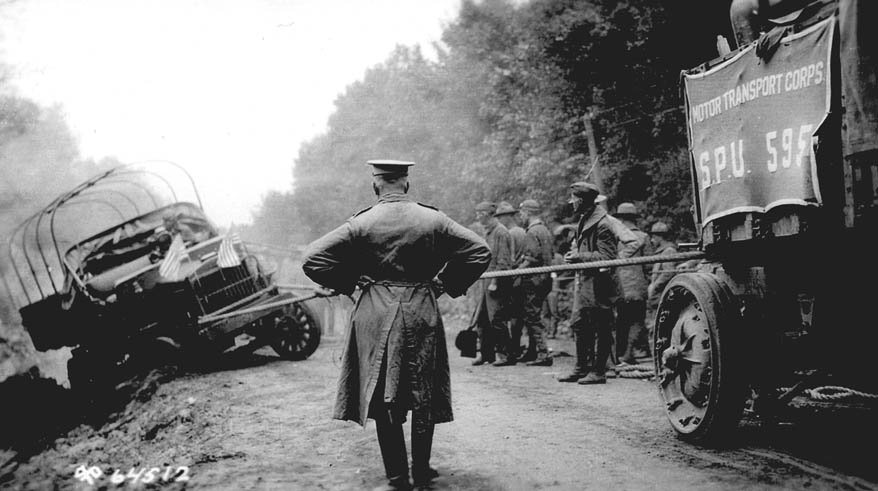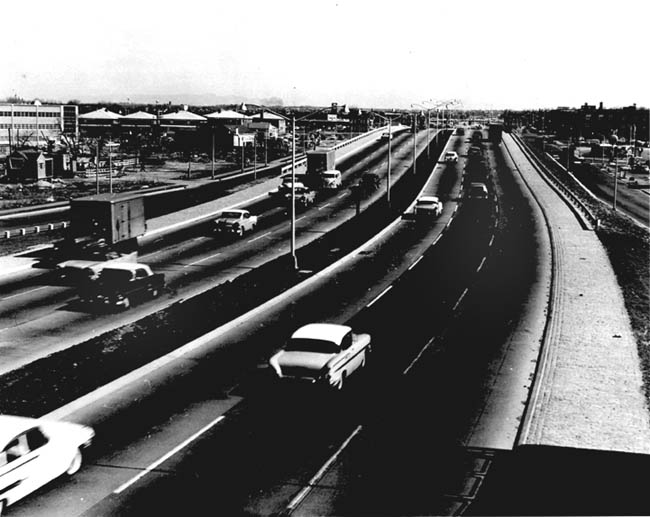This is the fourth in a series of entries celebrating infrastructure achievements in the United States.
What: The Dwight D. Eisenhower System of Interstate and Defense Highways is a network of limited-access roadways connecting the 48 contiguous states, with extensions in Alaska and Hawaii.
When: Construction began after the Federal Aid Highway Act of 1956 went into effect. The original network was completed in 1992, but the system is still being expanded.
Cost: $128.9 billion (1991 estimate)
Stats:
- Total length: 48,786 miles
- Number of main routes: 62
- Number of interchanges: 14,750 (approx.)
- Lane width: 12 feet
- Shoulder width: 10 feet (right); 4 feet (left)
- Overpass height: 16.5 feet
- Design speed: 50 – 70 m.p.h.
Interesting Facts: Originally, the network was called the “National System of Interstate and Defense Highways.” In October 1990, President George H. W. Bush signed legislation changing its name to the “Dwight D. Eisenhower System of Interstate and Defense Highways.” President Eisenhower is generally given credit for the Interstate Highway System, but, while Eisenhower was a major advocate and signed the Federal Aid Highway Act of 1956, research for a national system of limited-access highways in the USA began in the 1930s with Franklin Delano Roosevelt.
There is no official count of rest areas that dot the interstate system. The last count, made in 1972, reported that there were 1,214.
While no interstate highways traverse the Pacific Ocean, Hawaii does have three highways that are part of the system: H-1, H-2 and H-3.
Additional Media:
Tags: Dwight D. Eisenhower, Dwight D. Eisenhower System of Interstate and Defense Highways, Federal Highway Administration, FHWA, Great American Infrastructure, Interstate Highway System










 RSS Feed
RSS Feed